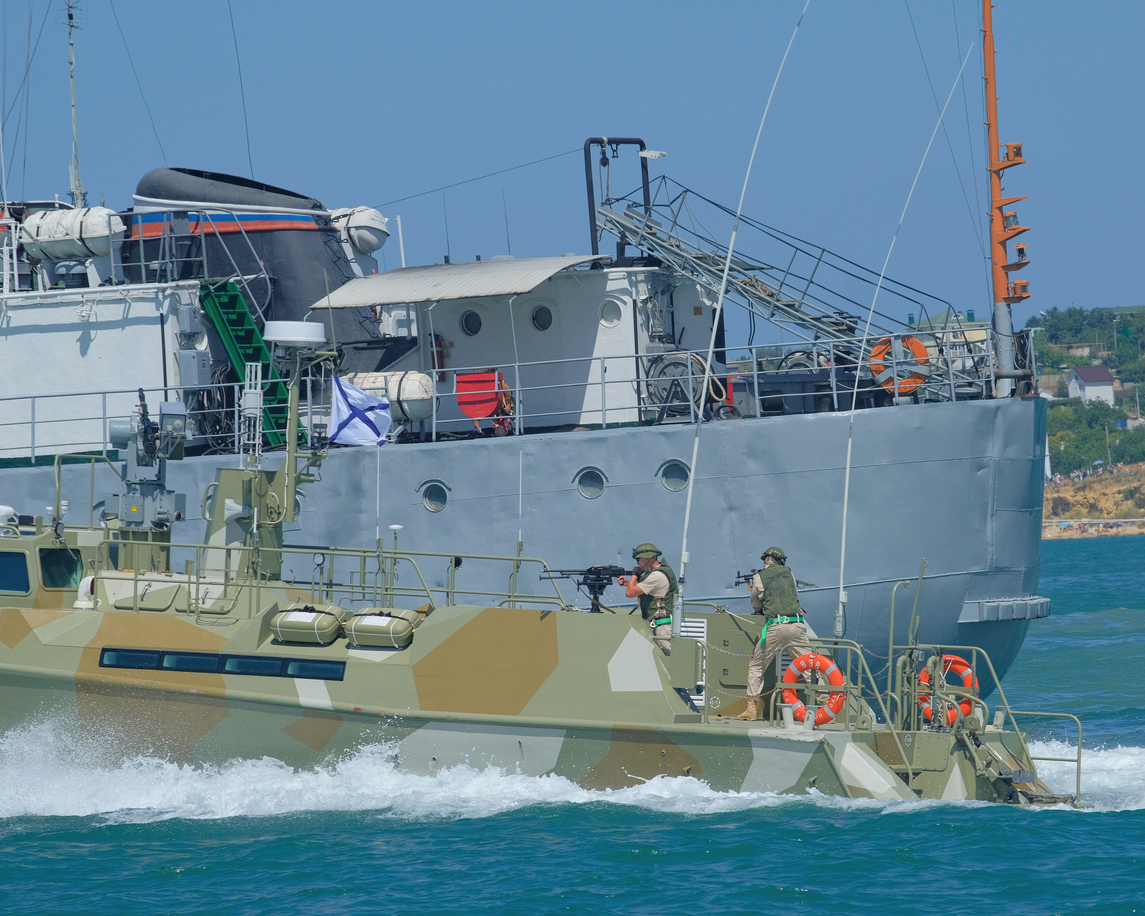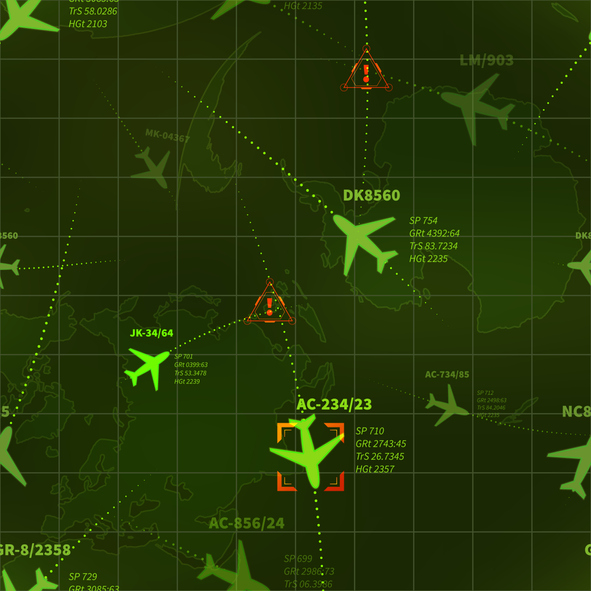Self-Protection for Maritime Patrolling platforms

Primary role for a Maritime Patrol platform is a tactical multispectral observation of area of operation, with a 24 hours/day coverage and flight path close to national territory, to contribute to maritime picture compilation from the air and possibly generate awareness.
Sometimes, an additional role of strategic surveillance of the environment, including the electromagnetic view, during patrolling activity or in dedicated missions, is also envisaged.
This makes the aircraft or the helicopter a high value platform subject to specific attacks, which needs a Self-Protection Suite, including a Radar and Electro-optical EW section.
Dedicated study must be performed to:
-
define presumable flight paths, related to the above platform role;
-
define the operational scenario encountered by the platform, in terms of number and class of threats, their location inside the enemy territories and/or in international waters, their modes of operation
-
specify the characteristics of the EW components and indicate the optimum flight path to ensure the survivability of the platform
The Architecture of the SPS is based on a very high level of System integration powered by an advanced control scheduler for data fusion, task management, decision support and Inter-Op across the EMS (EW Manager or EWC2).
SPS normally includes a subset of the following equipment:
-
EWM: Electronic Warfare Manager is the engine of the EW layer of integration and acts as tactical EWC2 for the coordination of all the EW activities of the platform. The EWM is also the core of the EW integration at multi-platform level (EW Network). The EWM is an open architecture based on open computing SW standard in order to be ready to integrate quickly new technologies as new threats emerge.
-
RF domain:
-
RWR: Radar Warning Receiver, used for identifying, avoiding, evading or engaging threats. The typical RWR system consists of wideband antennas for Direction Finding (DF) and Frequency reception, a Frequency Receiver, a processor, an Emitter Library and a Display.
-
CHAFF Dispenser: decoy dispenser delivering chaff countermeasures (cloud of metal fragments with a Radar Cross Section higher than the platform in order to mask the RF signature of the platform). The dispenser (Counter Measure Dispenser System, CMDS) can eject also FLARES.
-
-
EO domain:
-
MAW System: Missile Approach Warning System, used for identifying, avoiding, evading or engaging threats not-RF guided. MAW can be active (working like a RADAR) or passive working in IR (sensible to the engine exhaust of the missile) or UV (sensible to missile plume UV radiance).
-
DIRCM: Direct Infra-Red Counter-Measure, direct energy weapon (IR Jammer) using a laser beam to blind the seeker of an IR guided missile, the DIRCM is pointed to the threat by the MWS and normally has its own tracking capability by means of an IR thermal camera.

Figure 1: Possible SPS configuration
-
FLARES Dispenser: decoy dispenser delivering flares countermeasures (hot-burning metal fragments with a temperature higher than engine exhaust in order to mask the IR signature of the platform). The dispenser (Counter Measure Dispenser System, CMDS) can eject also CHAFF.
-
Such a complex configuration is needed to ensure platform survivability in the most demanding scenarios and flight profiles.
Examples of classes of flight profiles and associated threats are given in the following
-
High Level Flight Profile:
when the flight level is higher than 5-6 Km (i.e. safe from the naval Short Range SAM) and more than 50 Km Offshore, the following typical threat shall be assessed as the worst case for the Offshore Mission:
-
Attacks from the SEA by possible hostile vessels in the Gulf, with launch of Semi-active Radar Homing SAM (equivalent to SA-N-3: max. effective Range about 30 Km, ceiling more than 20 Km), CW Illumination, ERP=105-110 dBm;
-
Attacks from the AIR by hostile Air Interceptors, with launch of Air to Air Missiles (AAM): Semi-active (CW) or Active (pulsed) radar homing Guidance.
Possible AAM threat could be: AA-10 Alamo, AA-11 Archwer, AIM-7F Sparrow, AIM-54A Phoenix -
Attacks from the GROUND: Very Long Range Ground SAM sites (such as SA-5 Gammon), have a maximum effective Range up to 300 Km, and ceiling up to 40 Km: Inertial + Command (Correction Course) Guidance.
-
Lower Level Flight Profile:
When the flight level is lower than 5-6 Km but still more than 50 Km Offshore:-
Attacks from the SEA by Short Range naval SAM System, equivalent to SA-N-4:
Commended LOS Guidance, Effective Range=10 Km, Effective Ceiling=5 Km, Target tracker radar J band, Aided tracking.
-
-
Far Flight Profile:
When the flight profile is less than 50 Km from the enemy coastal line, whatever the altitude:-
Long range, high altitude SAM batteries should be added to this threat Inventory
Effective range=50 Km, Ceiling=30 Km, such as:
SA-2 Guideline (E/F band, Command Guidance), or its modified version HQ-1 and similar; note that against this threat the RF coverage must be extended to 2-6 GHz.
The modern Multi-Function SA-10 Grumble (I/J band).
-
-
Close Flight Profile:
For ranges less than 30 Km from the enemy coastal line, whatever the altitude:-
GROUND sited Medium Range SAM batteries must also be added to the possible threat, such as:
-
IHAWK (I/J band)
-
SA-6 (H band)
-
Semi-active CW Radar Homing, Effective Range= 25-30 Km, Ceiling=12 Km
-
-






![Passive Direction Finding [DF] Techniques – Phase Comparison Passive Direction Finding [DF] Techniques – Phase Comparison](https://www.emsopedia.org/wp-content/uploads/2021/04/iStock-545810334.jpg)





